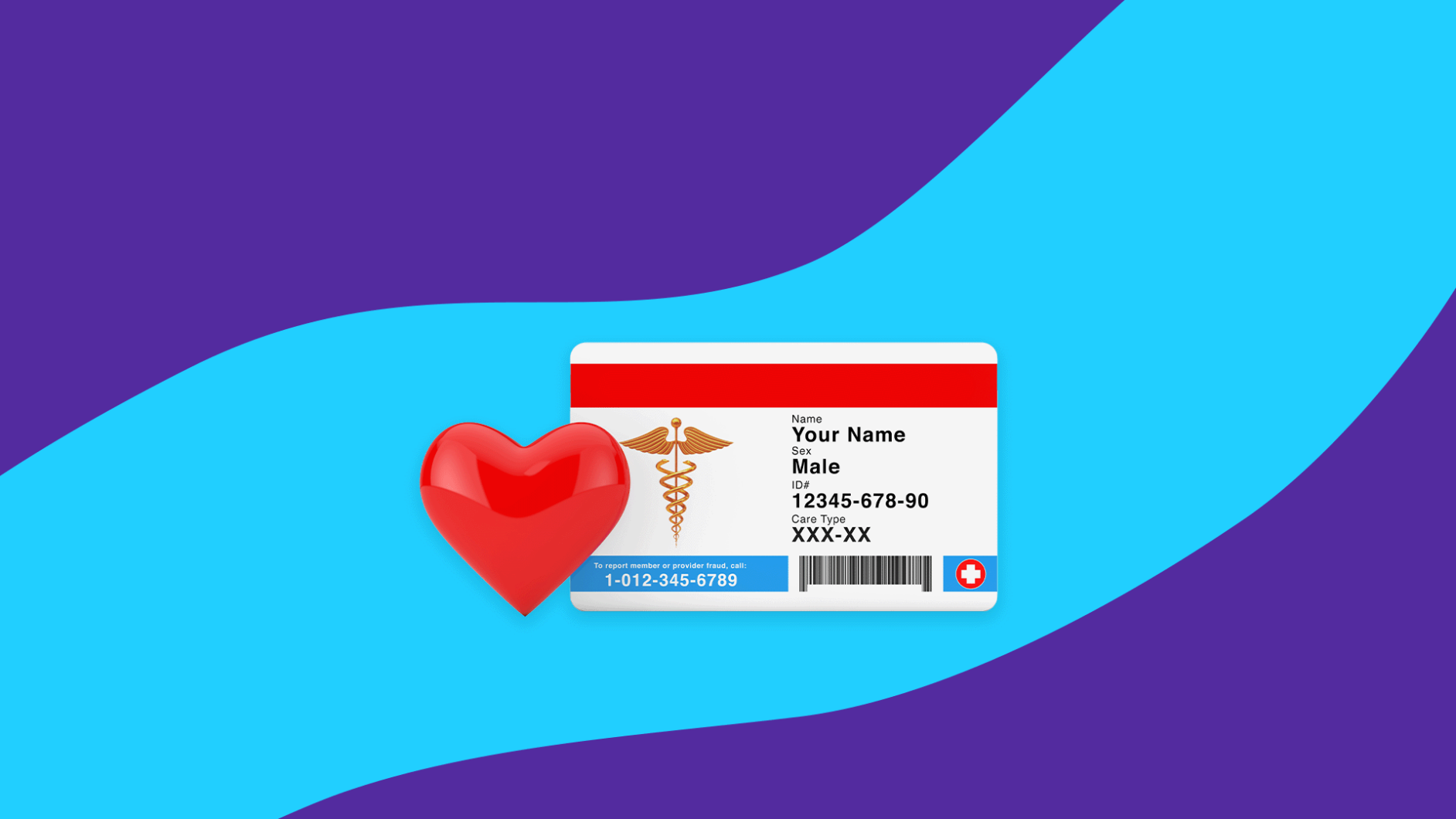Key takeaways
Farxiga is a medication that helps manage chronic kidney disease, heart failure, and Type 2 diabetes in adults and children.
The cost of Farxiga without insurance or coupons is currently close to $800 for a 30-day supply.
Medicaid may cover Farxiga, but coverage depends on your state of residence, and there may be limitations.
Farxiga (dapagliflozin) is a prescription medication used to treat chronic kidney disease, heart failure, and Type 2 diabetes. Farxiga helps the kidneys remove glucose from the bloodstream, improving heart and kidney function. Because Farxiga is used to treat chronic conditions, it’s a long-term treatment, which means the cost can add up over time if you don’t have insurance.
RELATED: What is Farxiga used for?
The specifics of Medicaid coverage can vary depending on your state. However, the program’s goal remains to ensure that those who need help the most can access essential healthcare services, including prescriptions and routine medical care. If you are prescribed Farxiga and have Medicaid, you may find that there are limitations to coverage since specialty drugs like Farxiga are more complex and expensive than most prescription medications.
Does Medicaid cover Farxiga?
Medicaid may cover Farxiga, but it depends on the state in which you live. In many states, even if covered, there might be rules about who can get it. For example, some states might only cover it for people with Type 2 diabetes who meet specific criteria.
Factors influencing Medicaid coverage for Farxiga
If your state’s Medicaid program covers Farxiga, there might be specific rules you need to follow. These rules can include:
- You may need to have a diagnosis of chronic kidney disease, heart failure, or Type 2 diabetes.
- Your healthcare provider may need to formally attest to Medicaid that other medications didn’t work for you. This is called step therapy.
- Your healthcare provider may need to confirm that Farxiga is medically necessary for you. This is called prior authorization.
AstraZeneca, the manufacturer of Farxiga, has a formulary finder you can use to see if your state’s Medicaid program covers Farxiga, what tier it assigns Farxiga to, and whether there are any other factors determining coverage.
For example, Wisconsin Medicaid considers Farxiga a tier 2 drug, meaning it is a preferred drug with a “middle-level copay.” But it also has quantity limits, so Wisconsin Medicaid beneficiaries may have to pay out of pocket for prescriptions that exceed those limits.
In New York, Farxiga is a tier 1 drug, which is the tier that the most affordable drugs are on. Although New York Medicaid doesn’t have quantity limits for Farxiga, it requires step therapy.
AstraZeneca’s tool may be helpful if you need to know whether Medicaid will cover Farxiga, but coverage can change. It’s best to check your state’s Medicaid drug list, talk to your healthcare provider, or ask your pharmacist about coverage. They can help you understand what steps you need to take to get it approved.
How much does Farxiga cost?
The average cost of Farxiga without insurance is close to $799 for 30, 10 mg tablets. This price is based on the dosage and the pharmacy you visit. You could save on Farxiga by comparing prices at different pharmacies.
Cost of Farxiga with Medicaid
The amount you’ll pay for Farxiga with Medicaid depends on which state you live in and what tier Farxiga is on in your state’s Medicaid formulary, among other factors. Medicaid can significantly lower costs, but you might still have to pay a copay.
Your out-of-pocket costs for Farxiga on Medicaid will also depend on whether Farxiga is on your state’s preferred drug list. If it is, you’ll likely pay less than if it were a nonpreferred drug.
Ways to get discounts on Farxiga without Medicaid
If your state’s Medicaid plan doesn’t cover Farxiga or imposes quantity limits that make it unaffordable, there are other ways to save. One way is to use your SingleCare prescription discount card. You can use SingleCare to compare the cost of Farxiga at nearby pharmacies and then choose which one you want your healthcare provider to send your prescription to. You can then use a digital coupon to save. For example, you could pay $364 instead of $799 for 30, 10 mg tablets with a Farxiga coupon from SingleCare. You can use SingleCare coupons if you have Medicaid, but you can’t use both together.
Other ways to save on Farxiga without Medicaid include the Farxiga patient assistance program and the Farxiga copay card. You’re not eligible for either program, however, if you’re enrolled in Medicaid.
If you have Medicare, keep in mind that you’re dually eligible, meaning you may be able to use Medicaid to pay for things that Medicare won’t. This may or may not be the case for prescription drugs. Starting in 2026, Medicare will negotiate directly with manufacturers for the price of specific Medicare Part B and Part D drugs that don’t have competition, including Farxiga. Until then, if you struggle to afford Farxiga with Medicare, you may qualify for the Part D Low Income Subsidy (LIS) program, also known as Extra Help.
For the most up-to-date details on Medicaid coverage for Farxiga, consult your healthcare provider and contact your local Medicaid office. Knowing your options can make managing your medication costs easier.
- What is a specialty pharmacy? National Association of Specialty Pharmacy
- Savings and access support for your patients, AstraZeneca
- Medicaid, U.S. Centers for Medicare and Medicaid Services
- Saving money with the prescription drug law, U.S. Centers for Medicare and Medicaid Services
- Help with drug costs, U.S. Centers for Medicare and Medicaid Services




